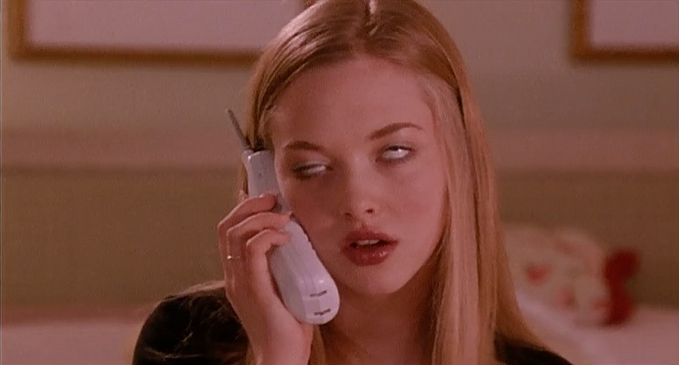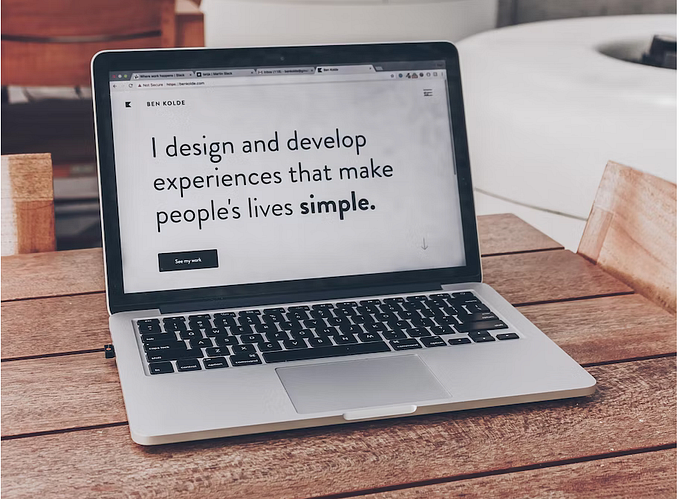Creating research-backed personas

 Last week I talked a little bit about personas and how they are used in the UX process, but I thought I would dig a little bit deeper on how they are actually created. How do we, as UX designers, figure out who is going to be using our product? Personas are only as accurate as the information collected from user interviews, so now is the time to get it right because they inform the remainder of the design process.
Last week I talked a little bit about personas and how they are used in the UX process, but I thought I would dig a little bit deeper on how they are actually created. How do we, as UX designers, figure out who is going to be using our product? Personas are only as accurate as the information collected from user interviews, so now is the time to get it right because they inform the remainder of the design process.
Persona(s)- A realistic representation of the user. They should be based on both qualitative and quantitative research methods. A persona should include the user’s goals and motivations, frustrations, and even what platforms they are using. Keep in mind that multiple personas may be necessary to account for different groups of users. Without a persona, we don’t know who to design for or what their needs might be.
One quick side note
Keep the information on the persona relevant. We probably don’t need to know that Jacob has three dogs and a fiancé unless we are designing some kind of pet resource or perhaps a wedding planning platform. I see this a lot and it always makes me laugh a little bit. When I’m creating a persona I always ask myself if the information is relevant to this particular project.
User interviews
- Our first step is finding the right people to interview about the future product. The best audience is representative of our users/customers. We need to ask ourselves what we want to find out during these interviews and make a plan about what and who you are going to ask. Our participants should all be potential users or people who have an interest in the topic that our product will be based on. Don Norman of the Nielsen Norman Group suggests that 5 is the ideal number of interview participants. (Nielsen Norman Group) However, if you don’t feel like you have enough information after 5 interviews, you will want to keep going until patterns are emerging. (Interaction-design.org)
- Ask the right questions. An interview guide is essentially a script for your interviews, so make sure you are planning ahead. Generally, questions should be conversational, easy to understand, and open-ended. Make sure you are not just asking “how” and “what” questions. The “why” questions get the best results. Asking “why” involves getting behind the scenes and looking at factors driving a person. (Interaction-design.org)
- This one may seem obvious, but make sure you are recording these interviews so you can come back and re-listen. I like to use otter.ai to create interview transcripts that I can easily grab information and quotes from when I move on to affinity diagramming.
Using surveys to validate interview findings
The purpose of sending out a survey, in this case, would be to validate the qualitative data we gathered from the interviews with numbers- or quantitative data. A survey can get a pulse on a wider audience, therefore validating or invalidating any hypothesis we have come to by listening to our interview participants.
Finding themes and patterns
This is where I like to use an affinity map/diagram. This is a qualitative method that is very useful when making sense of what you have learned from the user interviews. It is a practice in which we group together information based on themes and patterns to uncover key insights. My personal favorite tools for creating affinity maps- Miro.com, Whimsical.com
Translate these findings into one or more personas
Once we have discovered that our proposed product could indeed add value to our target user’s lives, it’s time to create personas. What each persona needs to include:
- Goals- What does this person want to accomplish? When thinking about goal vs. motivation, a goal is the end result that they want to achieve. For example, I recently designed a website for a hair salon. User goal- find a new hairstylist.
- Motivations- Think of motivation as the fuel and reasoning that drives the effort to complete a goal. Motivation- trust that they are going to have great hair after every appointment.
- Frustrations or pain points- What are the users’ main complaints with their current journey? We are identifying these so that we can alleviate that stress with our future product.
- Relevant demographics- Age, location, gender. If meaningful to a particular project, sometimes things like ethnicity, family, and income bracket fall into this category but I am careful with these. A persona should be an archetype, not a stereotype. We want to find significant patterns in user behavior, not make biases, assumptions, and generalizations about a particular audience, with no basis in factual data. (Mike King, Medium)
- Devices- In our interviews, did we find out that our potential users are usually using their laptops or tablets? Maybe they are usually browsing on the go, so a smartphone seems more appropriate.
- Fictional name- Mostly so we can reference the persona within our team later.
In Conclusion
If you do any amount of research, you’ll quickly find out that there are many different ways to go about crafting user personas, and even different types of them. As with most aspects of our industry, the answer to how to craft the best personas for your project is- it depends! These are the main steps that I personally have taken recently to get through the empathize phase of the design process to arrive at accurate and research-informed user personas. If you go into it remembering that the purpose is to create empathy for the people who will use a product- you’re off to a good start!
Thanks for reading! If you would like to get to know me better or talk about any design projects, let’s connect on LinkedIn!










